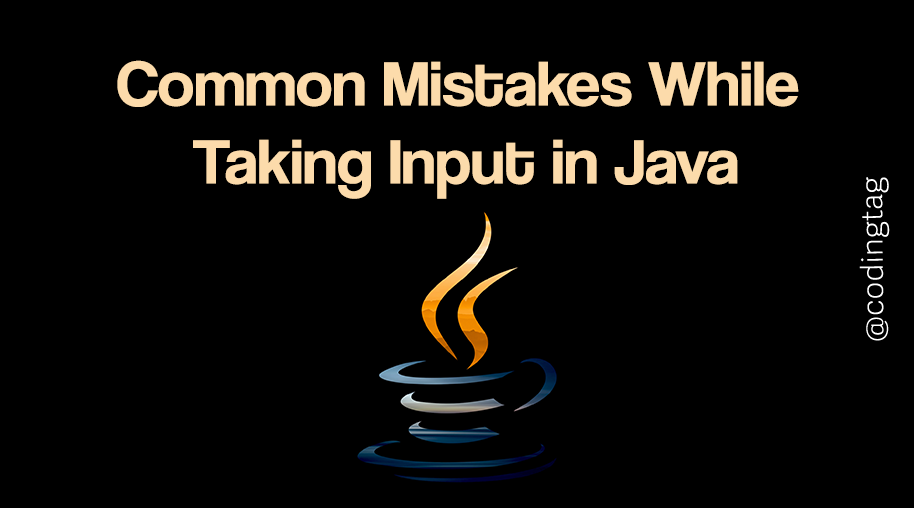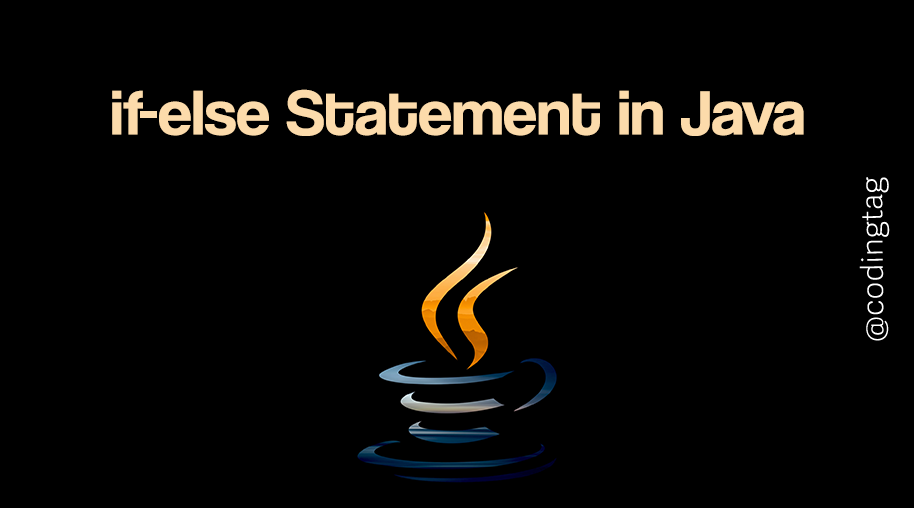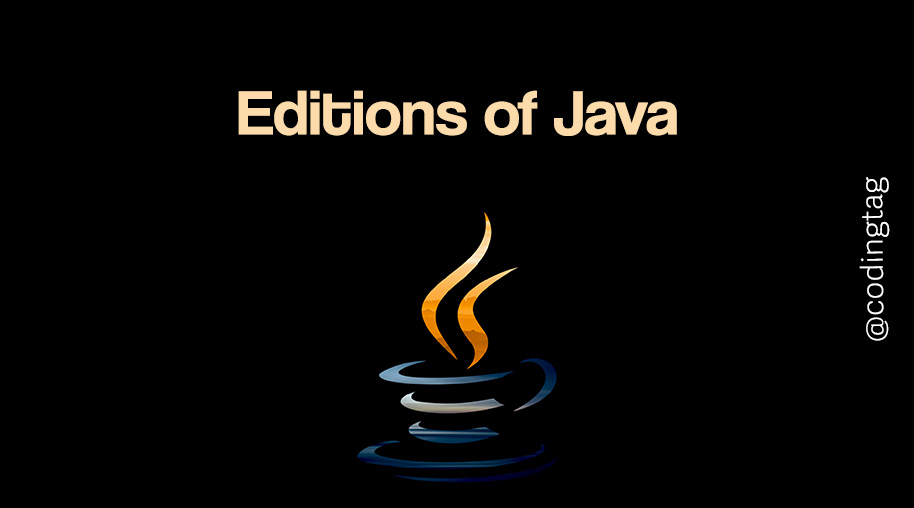Arrays in Java
0 683
📚 Arrays in Java
Arrays in Java are one of the most basic yet powerful data structures. They allow you to store multiple values of the same type in a single container, making it easier to organize and manipulate related data efficiently.
Whether you're working with numbers, strings, or objects, mastering Arrays in Java is a must-have skill for any Java developer.
🛠️ Declaring and Initializing Arrays
Declaring an array in Java is straightforward. You specify the type followed by square brackets [], then the array name. Initializing can be done either at the time of declaration or later.
// Declaring an array of integers
int[] numbers;
// Initializing with size
numbers = new int[5];
// Declaring and initializing at once
String[] fruits = {"Apple", "Banana", "Cherry"};
🔄 Accessing and Modifying Array Elements
Arrays are zero-indexed, meaning the first element is at index 0. You can access or update elements by their index.
int firstNumber = numbers[0]; // Access first element
numbers[1] = 10; // Update second element
🔁 Looping Through Arrays
One of the most common operations is iterating over an array.
Java provides multiple ways to do this:
// Using a traditional for loop
for (int i = 0; i < numbers.length; i++) {
System.out.println(numbers[i]);
}
// Using enhanced for loop (for-each)
for (String fruit : fruits) {
System.out.println(fruit);
}
🧩 Multi-Dimensional Arrays
Java supports multi-dimensional arrays, often used to represent tables or matrices.
// Declaring a 2D array
int[][] matrix = {
{1, 2, 3},
{4, 5, 6}
};
// Accessing an element
int val = matrix[1][2]; // Output: 6
📏 Array Length and Limits
Every array has a fixed length, accessible via the length property. Note that array sizes cannot be changed once created.
System.out.println("Array length: " + fruits.length);
⚠️ Common Pitfalls
- IndexOutOfBoundsException: Accessing indexes outside the array range causes runtime errors.
- Fixed Size: Arrays can't grow dynamically; consider using collections like
ArrayListif you need resizable structures.
🚀 Conclusion
Arrays in Java offer a simple yet efficient way to group related data of the same type. By understanding declaration, initialization, traversal, and common use cases like multi-dimensional arrays, you build a solid foundation for working with data in Java applications.
If you’re passionate about building a successful blogging website, check out this helpful guide at Coding Tag – How to Start a Successful Blog. It offers practical steps and expert tips to kickstart your blogging journey!
For dedicated UPSC exam preparation, we highly recommend visiting www.iasmania.com. It offers well-structured resources, current affairs, and subject-wise notes tailored specifically for aspirants. Start your journey today!

Share:







Comments
Waiting for your comments